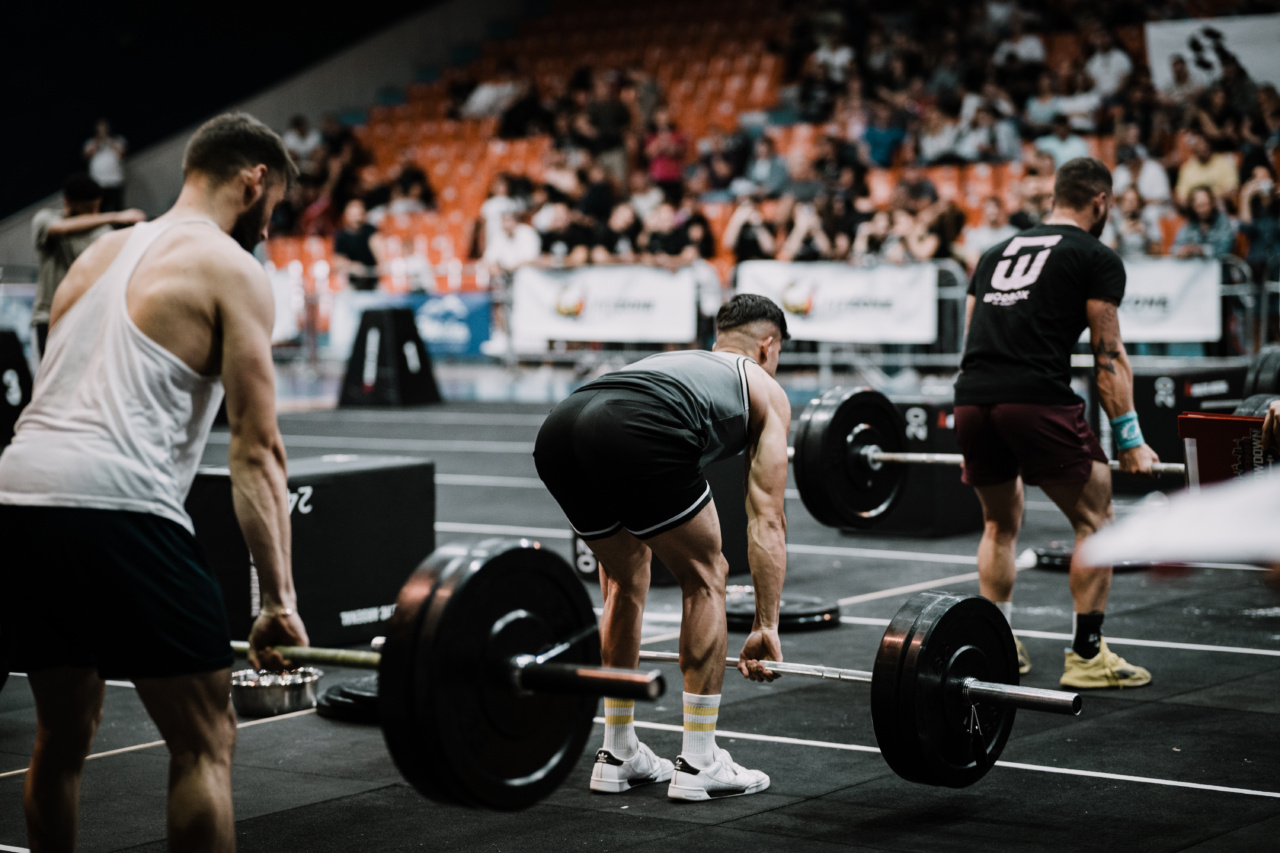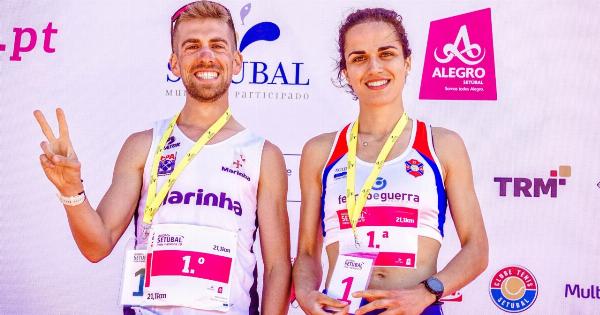Athletes push their bodies to the extreme limits to achieve peak performance and excel in their respective sports.
However, along with the glory and fame, they face numerous challenges, including the risk of injuries and chronic conditions that can hamper their careers.
What is Lu Gering’s Disease?
Lu Gering’s Disease, also known as athlete’s syndrome, is a controversial condition that has garnered significant attention in the sporting world.
It is characterized by exercise-induced symptoms, particularly muscle weakness, fatigue, and pain, which can significantly impact an athlete’s performance.
The Causes of Lu Gering’s Disease
The exact causes of Lu Gering’s Disease remain unknown, which adds to the controversy surrounding the condition. Several theories suggest that it may be linked to overtraining, genetic predisposition, or a combination of both.
Intense physical activity and inadequate rest periods may contribute to the development of Lu Gering’s Disease in susceptible individuals.
Symptoms and Diagnosis
Athletes with Lu Gering’s Disease typically experience a wide range of symptoms that can vary in severity. Common signs include muscle weakness, fatigue, decreased exercise tolerance, pain, and even flu-like symptoms.
The symptoms often worsen during or after physical exertion.
Diagnosing Lu Gering’s Disease is often challenging due to the lack of specific diagnostic tests.
It primarily relies on clinical evaluation, medical history, ruling out other potential causes, and excluding underlying medical conditions that may mimic its symptoms. The subjective nature of the symptoms adds to the controversy, as it becomes difficult to establish a definitive diagnosis.
Treatment Approaches for Lu Gering’s Disease
Due to the controversy surrounding Lu Gering’s Disease, there is no standardized treatment protocol.
Management strategies usually involve a multidisciplinary approach, including exercise modification, physical therapy, rest, and psychological support. Rest and recovery play a crucial role in the treatment, as athletes need to balance their training and rest periods to avoid exacerbating the symptoms.
Some athletes may benefit from specific medications, such as non-steroidal anti-inflammatory drugs (NSAIDs), to alleviate pain and inflammation.
However, the long-term impact and efficacy of these medications for Lu Gering’s Disease remain inconclusive.
The Impact on Athletic Careers
Lu Gering’s Disease can have a profound impact on athletic careers.
Athletes who suffer from this condition often struggle to maintain their previous performance levels, affecting their standing within their respective sports and potentially jeopardizing their professional careers.
The controversy surrounding Lu Gering’s Disease further compounds the challenges faced by affected athletes.
Skepticism regarding the legitimacy of the condition can lead to misunderstandings, unfair judgments, and even dismissal of athletes’ concerns. This adds emotional and psychological stress to an already demanding physical condition, further hindering their path to recovery and success.
Preventive Measures and Risk Reduction
Preventing Lu Gering’s Disease requires a comprehensive strategy focused on individualized training plans, rest periods, and overall athlete well-being.
Athletes, coaches, and medical professionals should collaborate to strike the right balance between intense training and adequate recovery.
Regular medical check-ups and screenings can help identify potential risk factors and underlying conditions that may contribute to Lu Gering’s Disease.
Early intervention and appropriate modifications to training routines can significantly reduce the chances of developing the condition.
The Role of Sports Medicine
As Lu Gering’s Disease continues to stir controversy, the role of sports medicine becomes vital in addressing athletes’ health and performance.
Sports medicine specialists are at the forefront of research, diagnosis, treatment, and prevention efforts related to this puzzling condition.
Their expertise in understanding the physiology of athletes and optimizing training methods can contribute to finding new solutions and evidence-based approaches.
Creating awareness, removing stigmas, and providing support to athletes with Lu Gering’s Disease is paramount in mitigating its impact on their careers and well-being.
In Conclusion
Lu Gering’s Disease remains an enigmatic and controversial condition among athletes.
The lack of definitive diagnostic tests, varied symptoms, and skepticism surrounding the condition’s legitimacy make it challenging for athletes and medical professionals alike.
Addressing the controversy requires further research, collaboration, and the willingness to acknowledge and support athletes experiencing the symptoms.
By embracing a holistic approach that combines medical expertise, comprehensive training plans, and psychological support, we can strive to better understand, prevent, and manage Lu Gering’s Disease, ultimately benefiting the careers and health of athletes worldwide.































